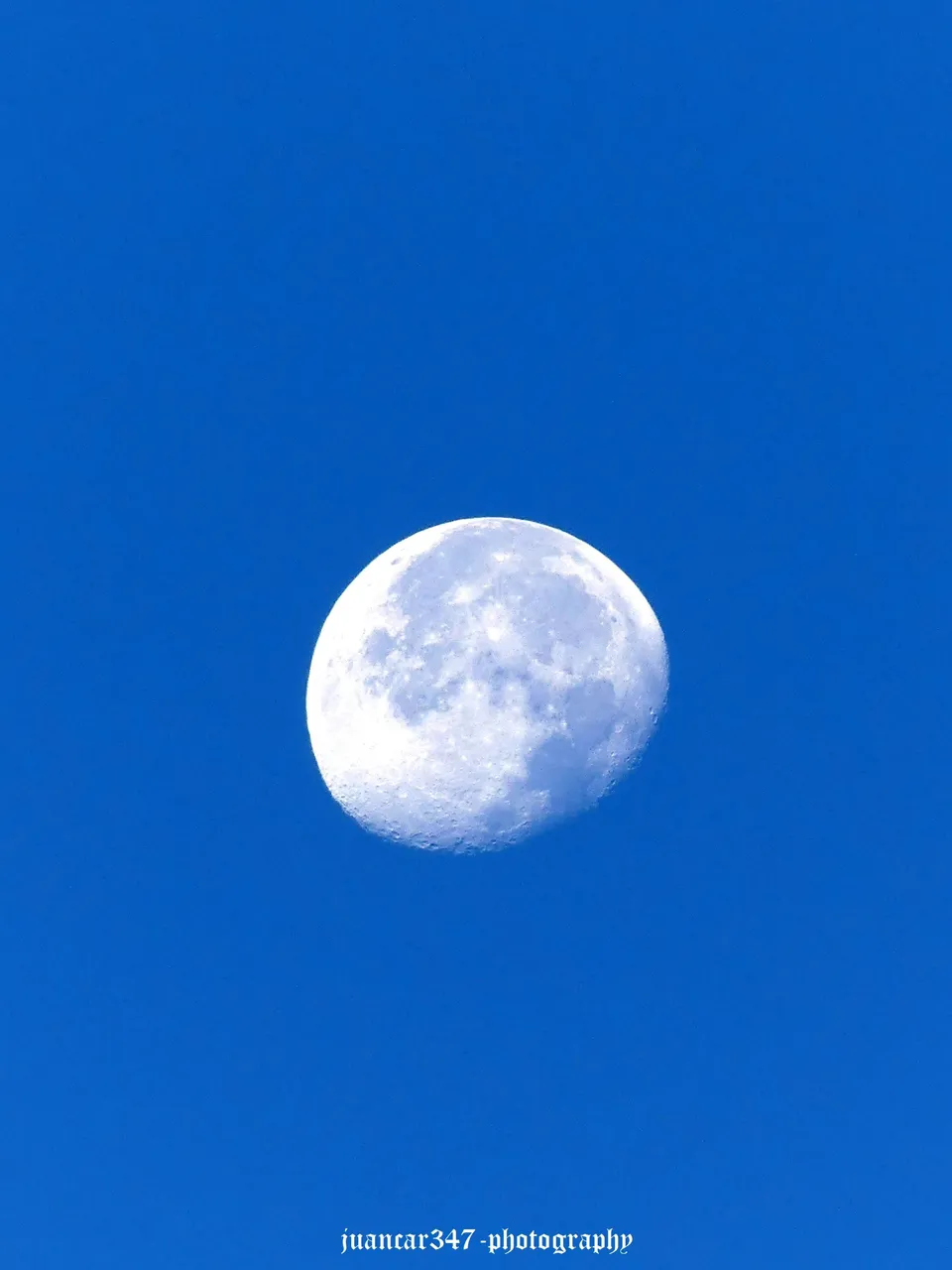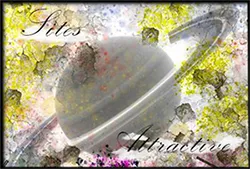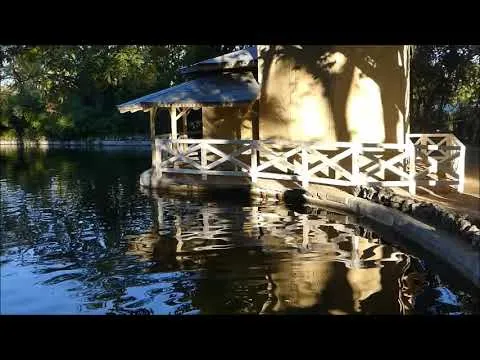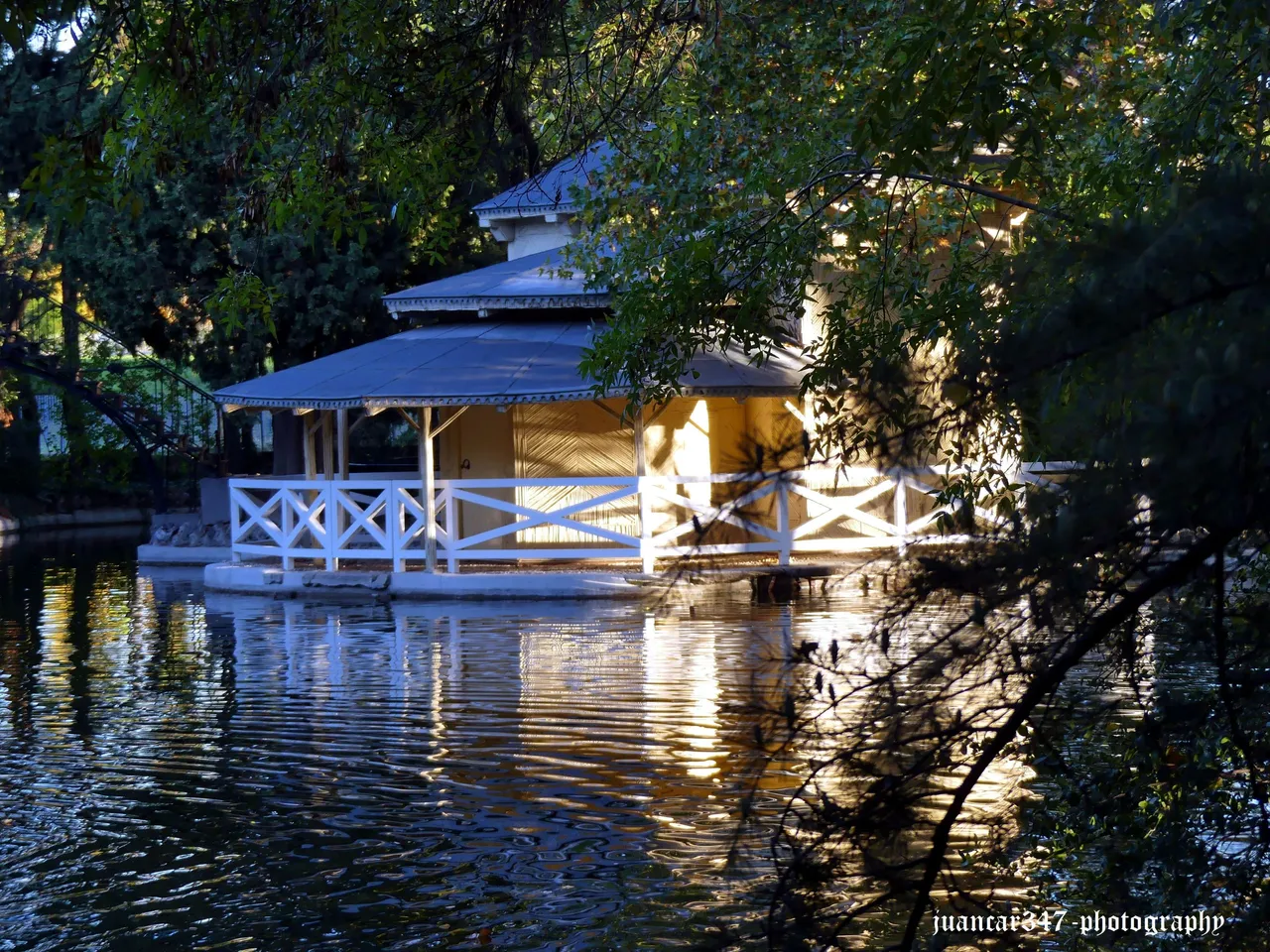
Today I would like to make a point in my usual proposals and invite you to accompany me on a little trip through what could well be considered, from my humble point of view, as 'the architecture of the senses'.
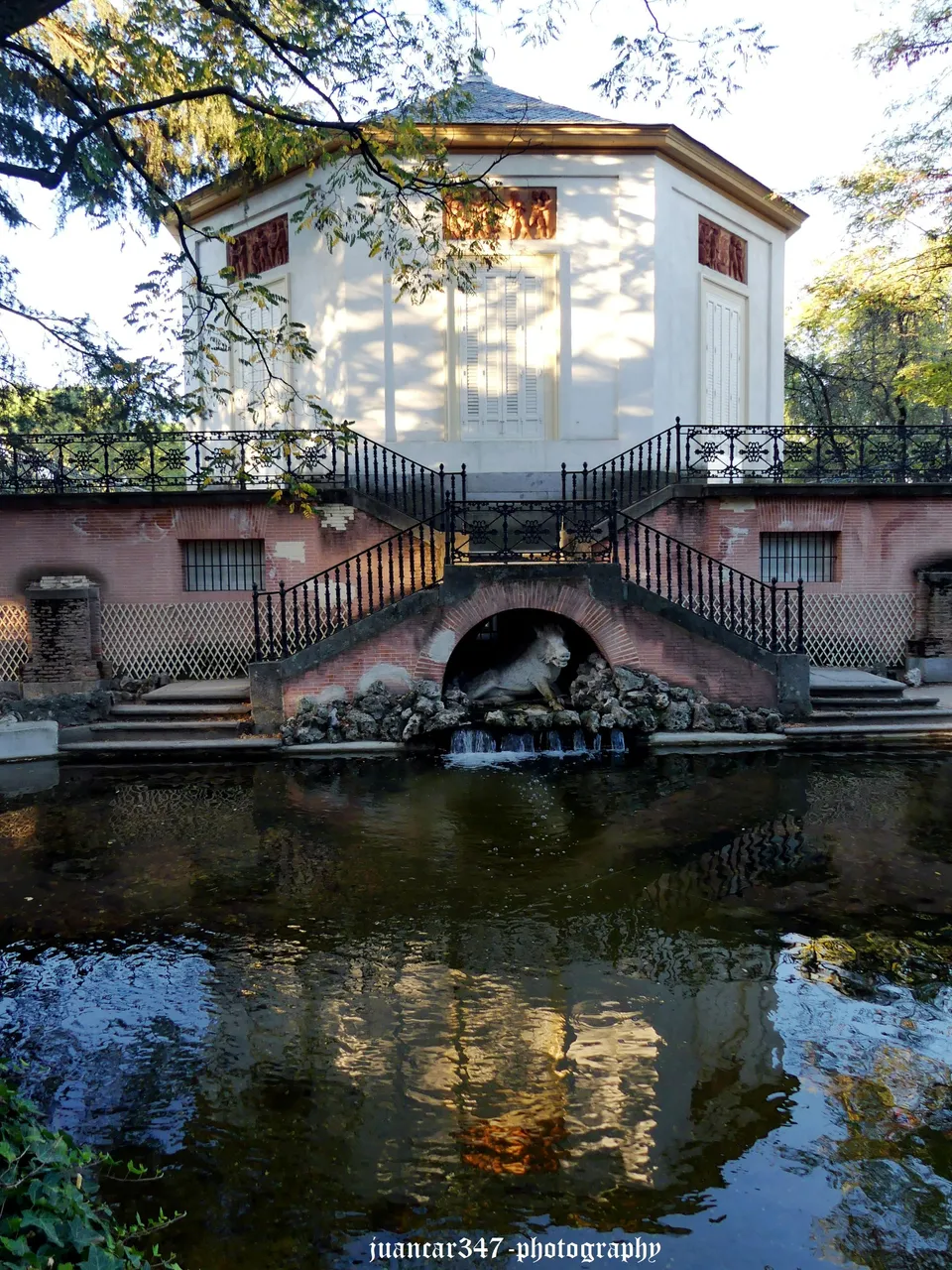
Or what would come to the same thing: a small incursion into that space, private and immeasurable, where architecture, design, nature and large doses of hermeticism come together, punctually, to lay a dense net around that extrasensory world, which is not other, after all, than that of the senses.

Far from the cinematographic thesis of the classic eroticism of the Japanese director, Nagisha Oshima and his delicious proposal entitled 'The empire of the senses', the idea of ecstasy or pleasure, could also be understood as an imitation of the idea of paradise or paradysum - the Romanian hermeneut, Mircea Eliade, would introduce here the thesis of the myth of the eternal return- with which many cultures of Antiquity recalled what in the traditions has been collected as the Golden Age: the return to the original state of man before the Drop.

Under this point of view, it could be said -of course, without pretending to teach such a statement- that the idea of Eden or primordial Garden was born from the most intimate desires of the human being to return to recover a lost state of happiness.
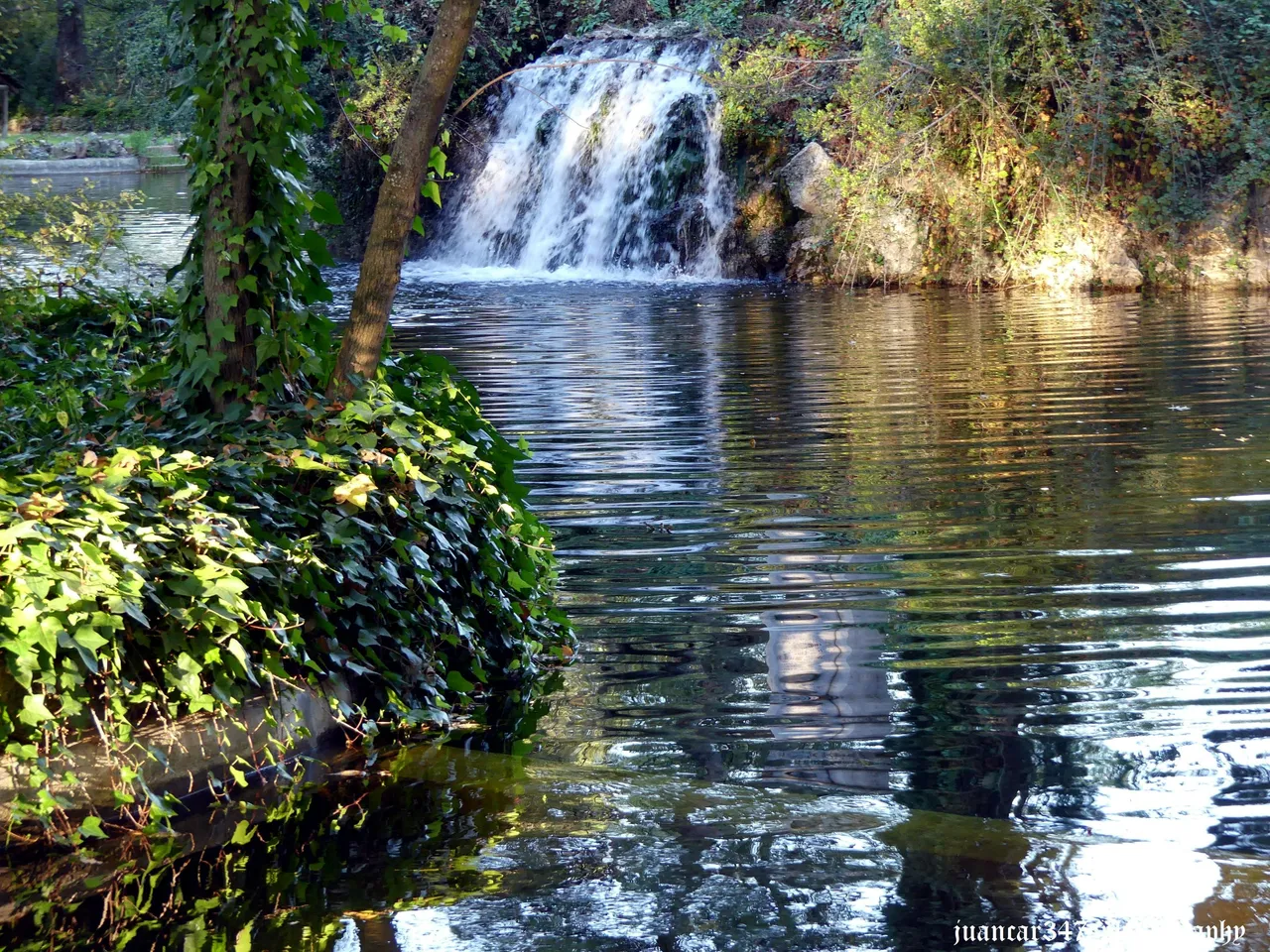
It is not surprising, therefore, that from the famous Hanging Gardens of the mythical Sumerian queen, Semiramis -one of the lost wonders of Antiquity- through the superb beauty of the gardens of the Palace of Versailles, where the Sun King basked , Louis XIV, before the revolutionary guillotine put an end to its splendor or the annexes to the palaces of the Spanish kings in Aranjuez or in the Granja de San Ildefonso, the garden, properly speaking, was little less than a small fraction of Paradise within the reach only of the powerful or of the clearly ecclesial estates, because in this sense, there was no monastery that did not have one in the magnificence of its cloister.
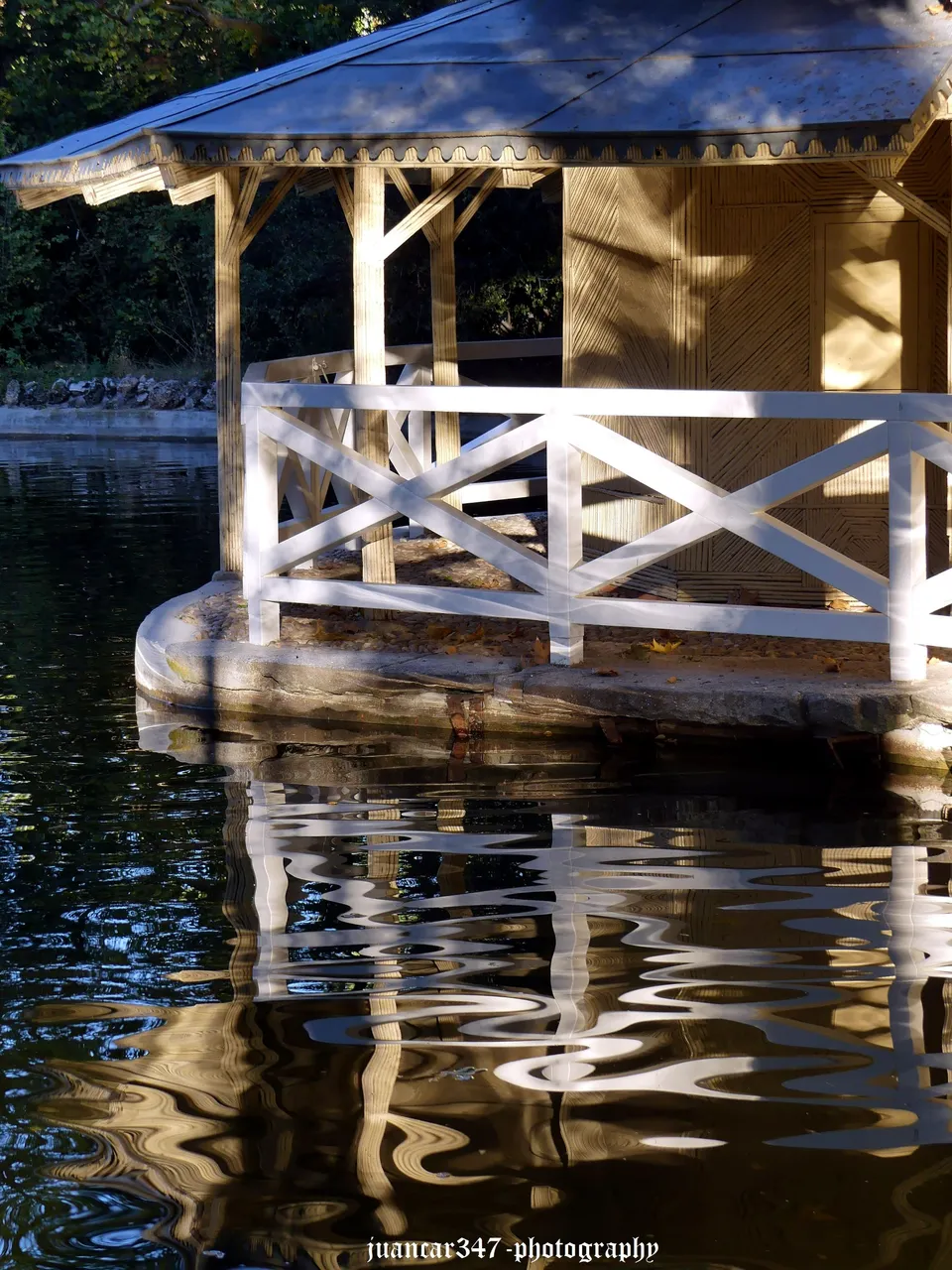
Once this is understood, it will be understood, then, that there was also a time when the nobility wanted to have their own fraction of paradise, adapting it to certain tastes and characteristics, which, for example, in the case that I want to show you, determine a very determined between the nobility of the eighteenth and nineteenth centuries: esotericism.

Not only in the characteristics and designs of these Promethean gardens was a retrospective look towards previous styles and designs detected - fashion, which, for example, in France, was already revealed by renowned architects and designers - but, in addition to the neoclassicism that in many Occasionally, the already mentioned myth of the eternal return was brought back to the fore, along with a fondness for esotericism or the occult, resulting in interesting hybrids.
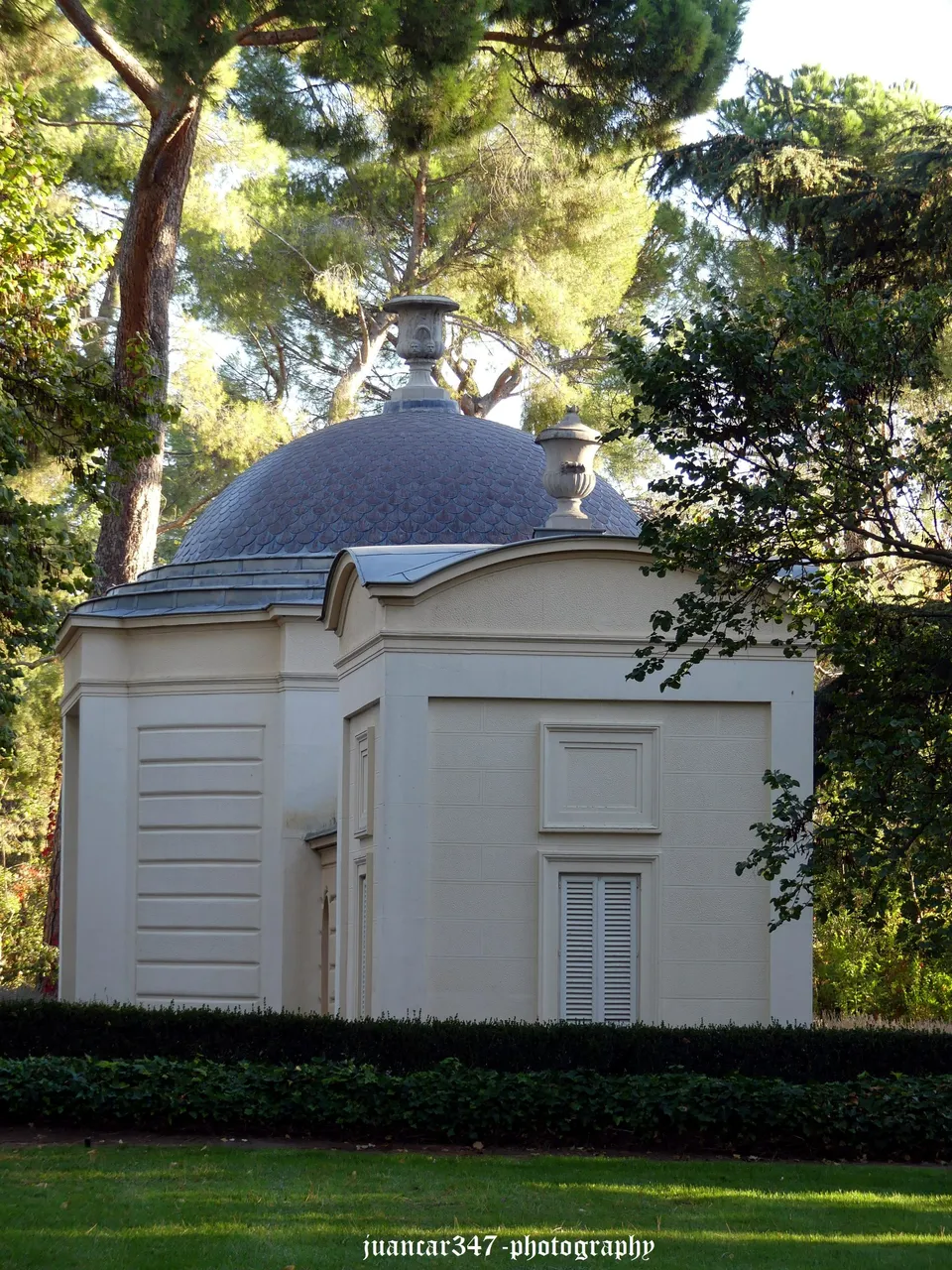
Nor is it surprising that the Marquises of Osuna -those who were its first owners- gave this place the name of Jardin del Capricho (Caprice Garden): because, like the great gardens of the kings, this one was also done on a whim; that is, with a particular design, in which the taste and desire of the wealthy who ordered the work to be carried out prevailed.
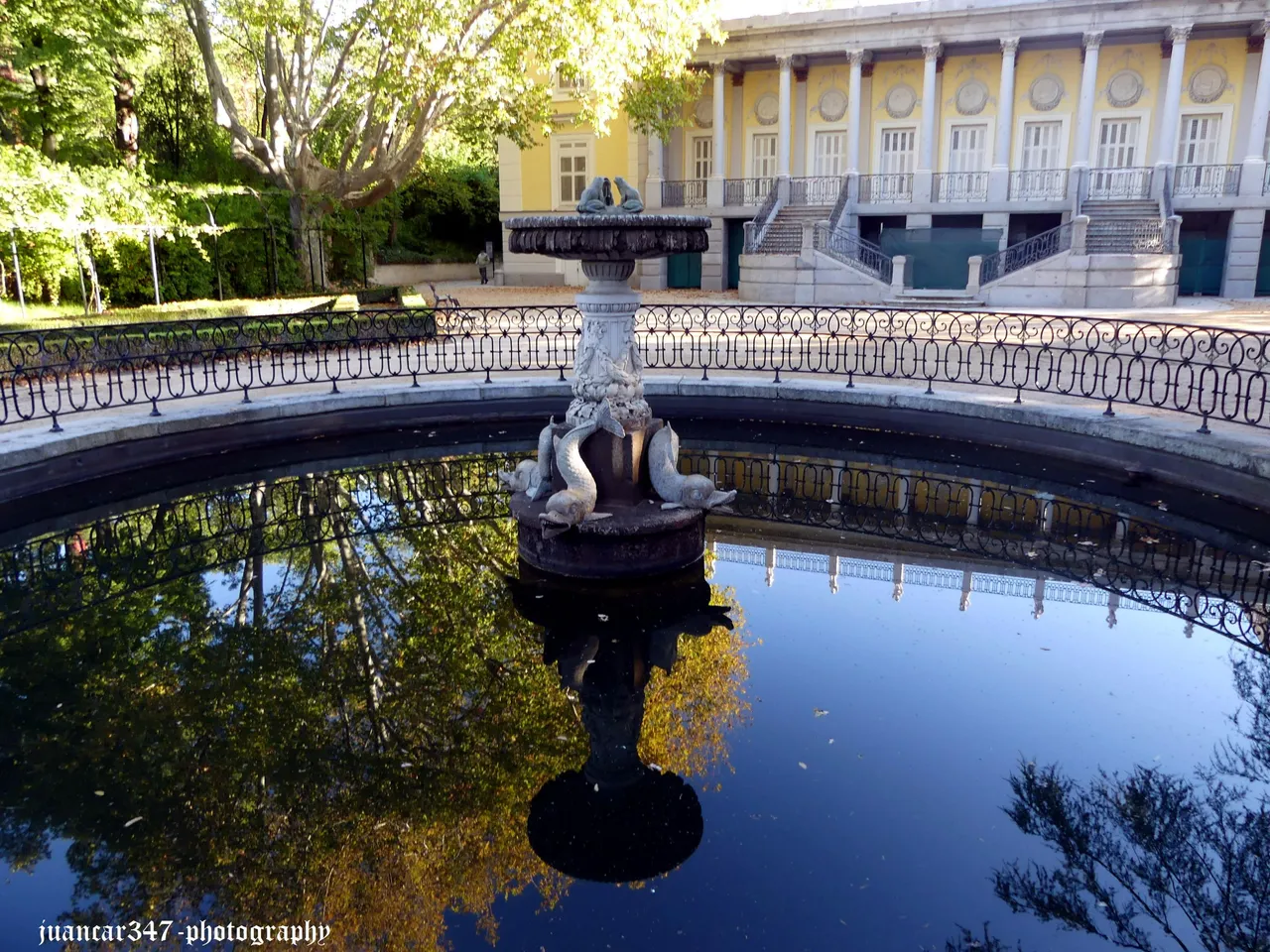
Needless to say, not only did the best architects and designers of the time participate in such an undertaking, but even history, cruel on many occasions, added its discordant note, since during the Spanish Civil War, a enormous underground bunker, which was one of the General Headquarters of the Republic and although you can visit it, the queues, I can assure you, take months and even a year, because although until relatively recent times, this place was practically unknown, Currently it is one of the main focuses of attention, both for tourists, as well as for people from Madrid or Spaniards from other regions, captivated by its great uniqueness and beauty.
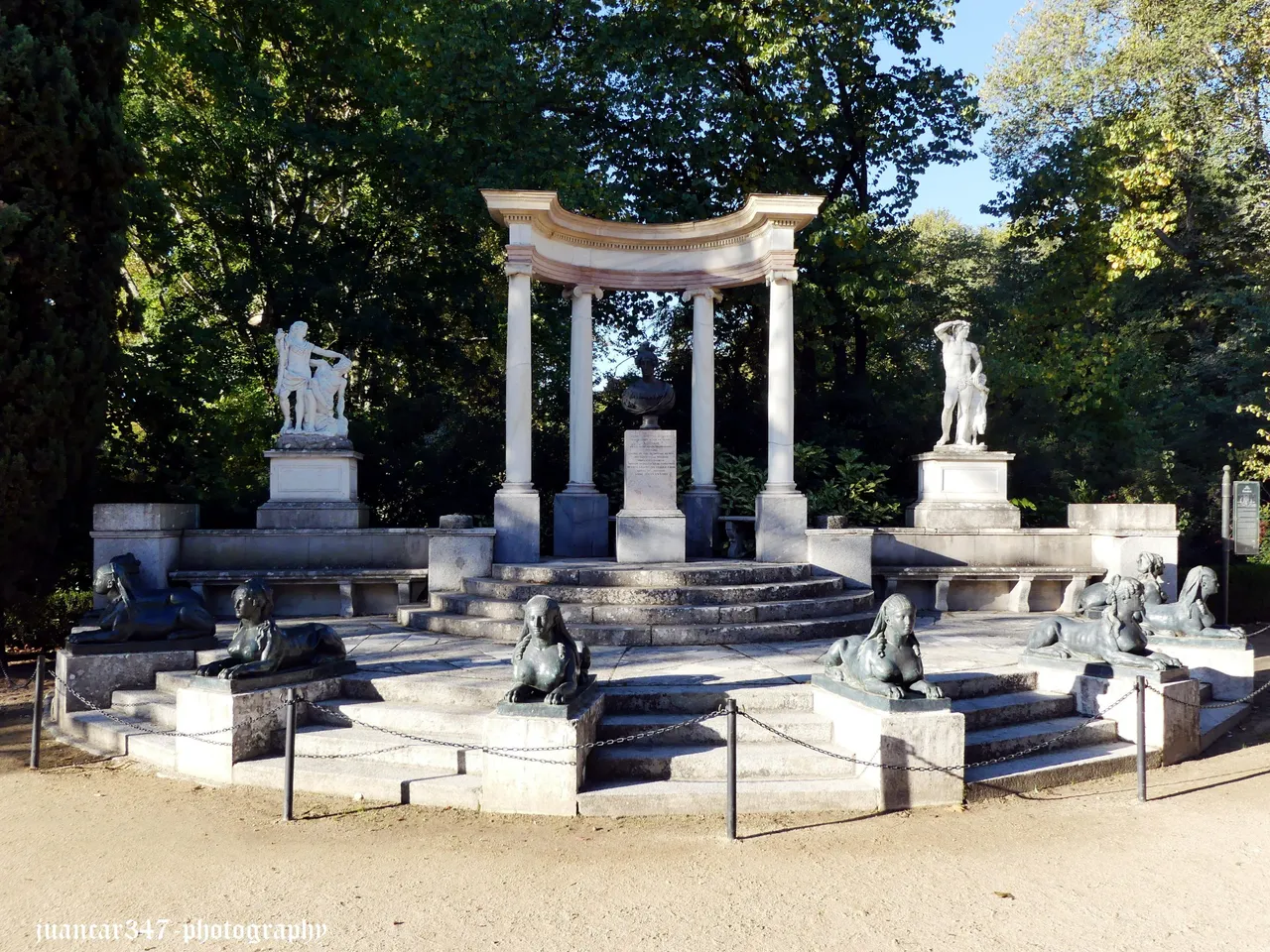
On the other hand, it is not surprising that a well-known author, Clara Tahoces, has set her latest novel here, titling it 'The Garden of the Witches', since not only must we consider almost all of its elements -including the trompe l'oeil technique or eye trickery, which affects some of the main ones, such as the palace with neoclassical characteristics or the hermitage, on whose side there is a small pyramid, which is said to be the tomb where the mortal remains rest of a hermit, Fray Arsenio, put on purpose by the duchess to give the place more charisma- but also, it was the dukes and their apparent taste for the inexplicable who commissioned the brilliant painter, Francisco de Goya, five of his most disturbing whims : precisely those that referred to the subject of the Devil, covens and witches, two of which are exhibited in the Lázaro Galdiano Museum, the whereabouts of the other three being unknown.
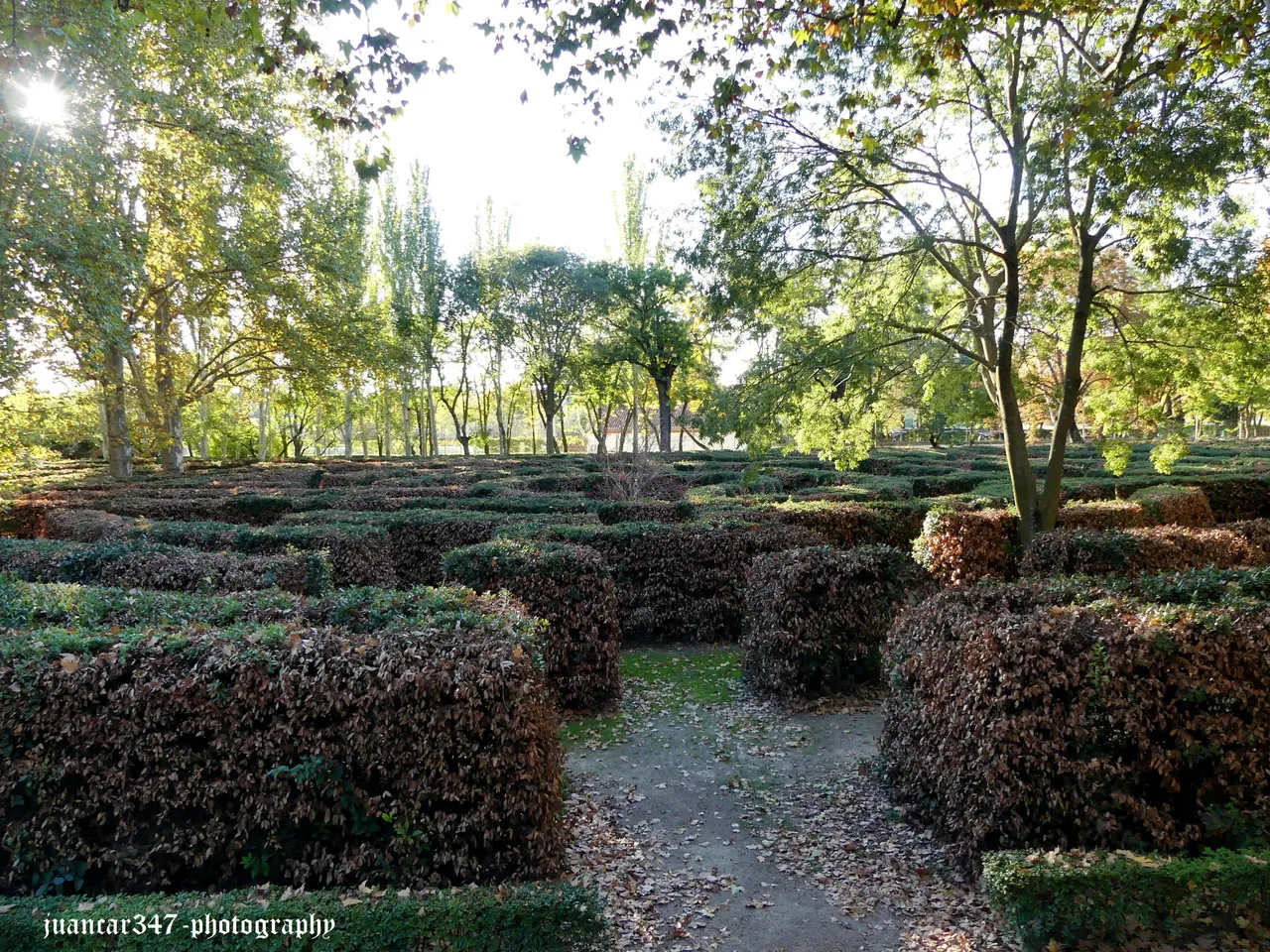
The rest of the classical, mythological and magical elements have been arranged in different places: the Temple of Bacchus, also with neoclassical connotations, on a hill above the promenade and the Plaza de los Césares (Caesars Square), where a spectacular Exedra guarded - and attention, because numerology also plays a relevant role - for eight sphinxes; the Fountain of the Dolphins, in front of the Exedra and the neoclassical palace and at whose base three dolphins can be seen, being crowned by a choir of three frogs; the Fortín (the Fort), a small fort for children's entertainment, with a moat and a star-shaped plant; the bee yard, a small building with neo-baroque connotations, inside which there is a superb sculpture of Diana the Huntress in an attitude of taking her traditional bath; the labyrinths, a smaller one, in the center of which there is a small fountain, also crowned by a circle of three frogs and the large or monumental labyrinth -which still shows the effects of the Filomena storm and constitutes an enigma, since according to account, it was the only element that already existed before the dukes acquired these lands and proceeded to build them - the ballroom, with an octagonal floor plan and scenes of classical festivities or the phenomenal monolith on whose apex a disconcerting image of Cronos devouring her son -just as Goya conceived her- makes our hair stand on end.
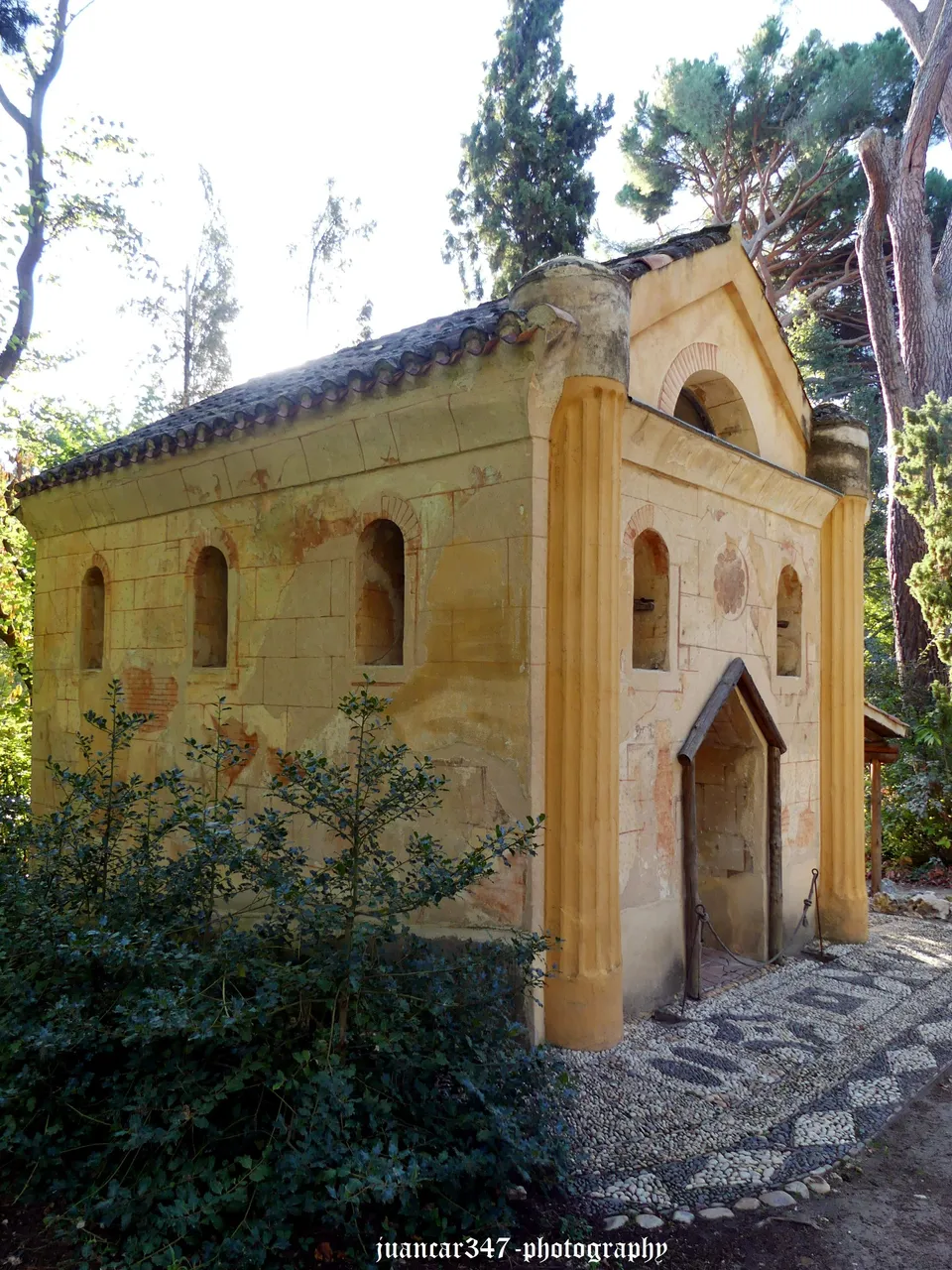
But of all of them, including the Casa de la Vieja (Old woman House) -which, in reality, could perfectly pass for the Casa de la Bruja (Witch House) from the stories of the Brothers Grimm- the most beautiful piece, the most relaxing, is the pond, with its little island in the center and a bust of the Duke of Osuna and the charming Casa de Cañas (House of Reeds) and its pier, which remind us of those fantastic stories of the black South of the United States, so wonderfully described by Twain and that on the main façade, shines another esoteric symbol of great caliber: Solomon's Seal.
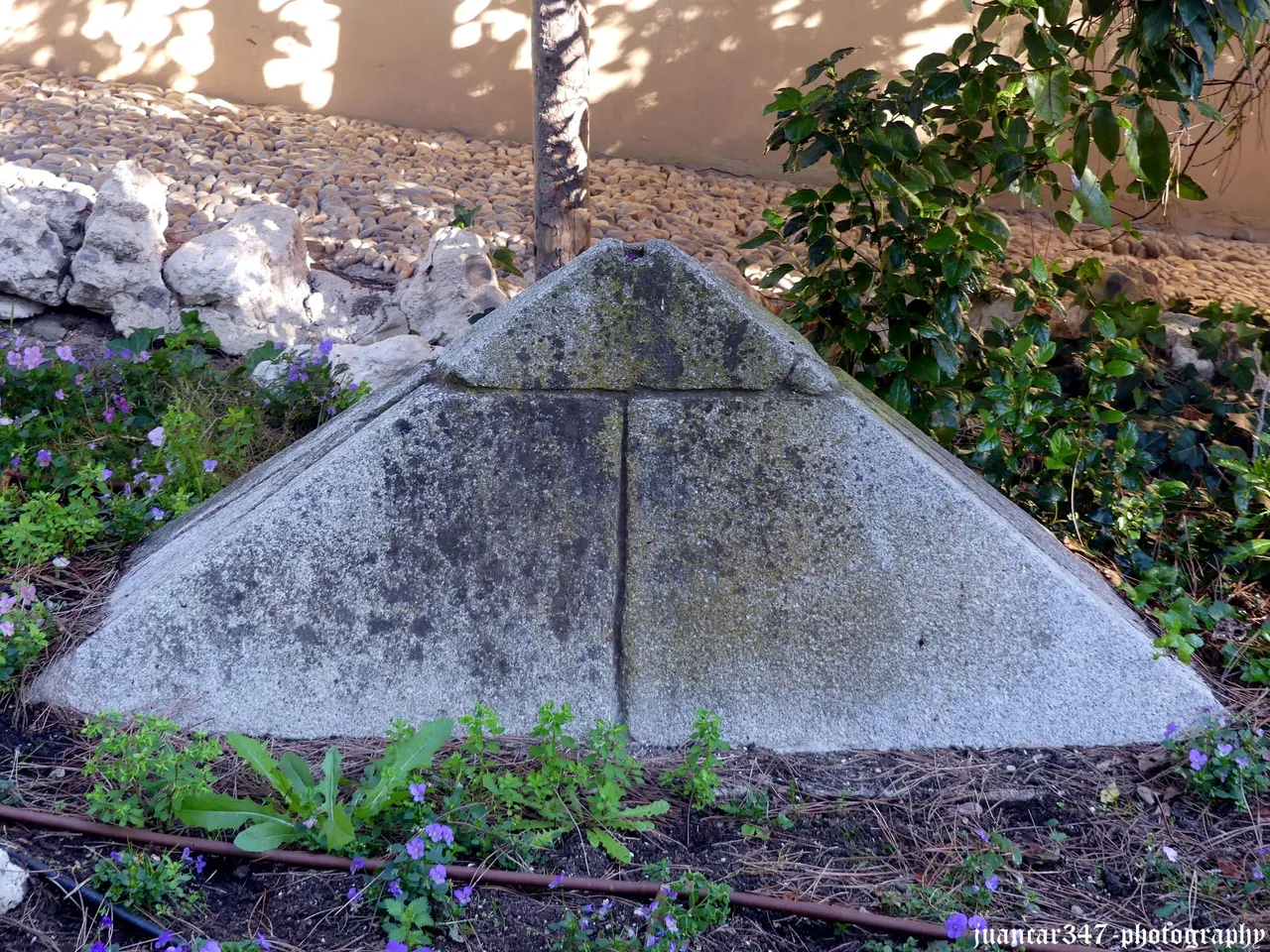
In short: a place to get carried away by the senses, where Architecture, Design and Nature are, without a doubt, judge and party.
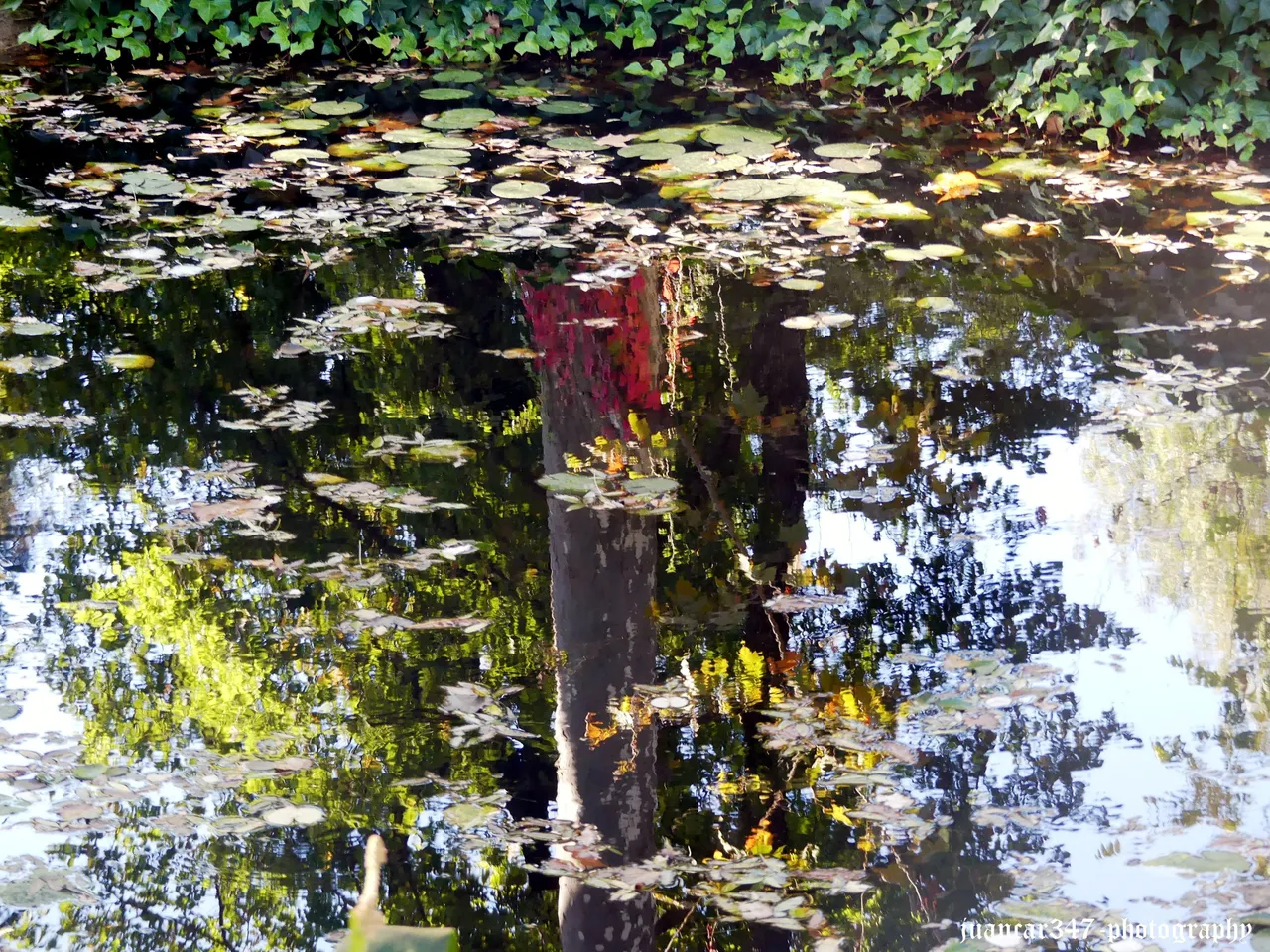
RELATED MOVIE:
NOTICE: Both the text, as well as the photographs that accompany it, as well as the video that illustrates it, are my exclusive intellectual property and, therefore, are subject to my Copyright.
